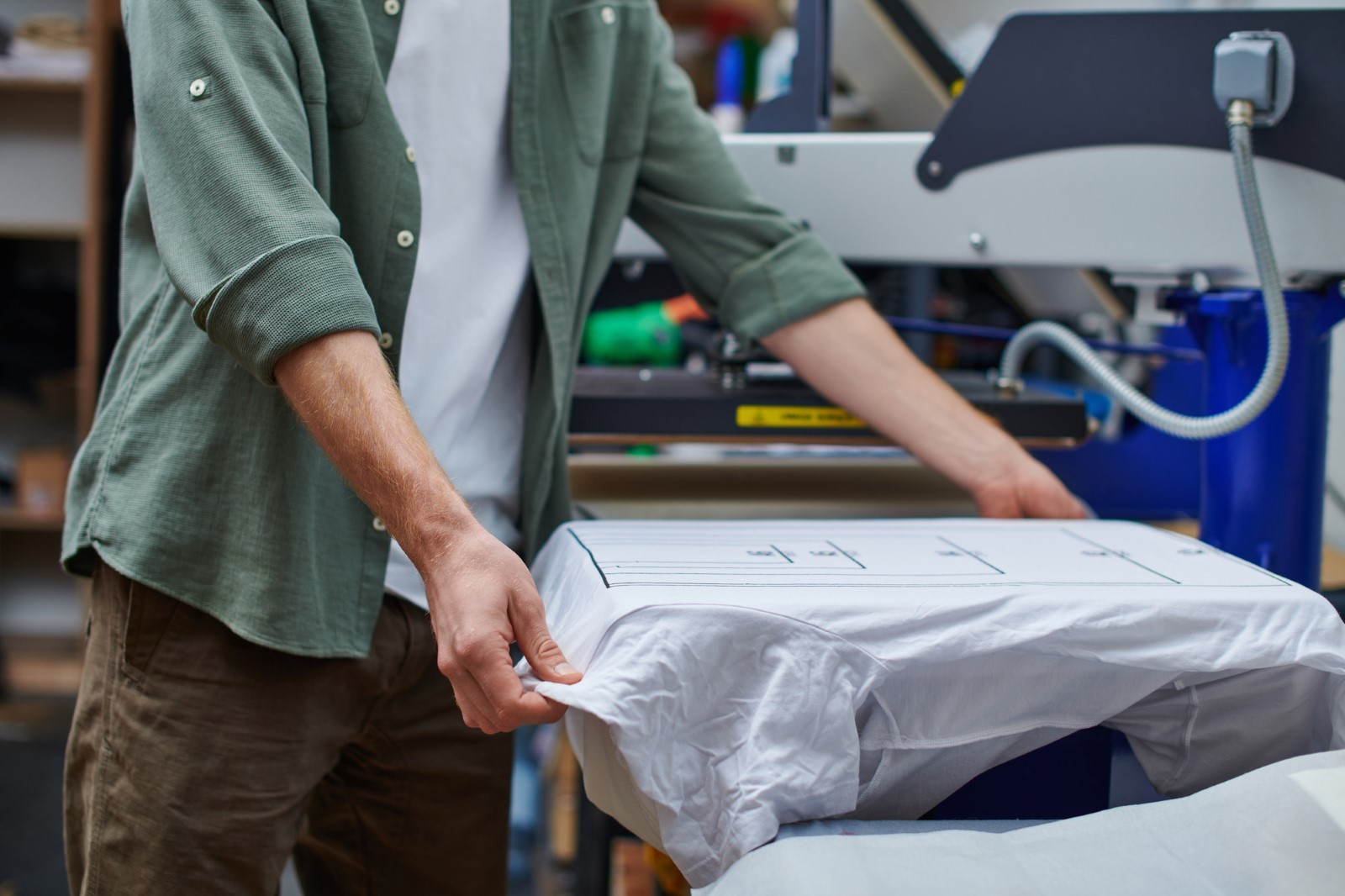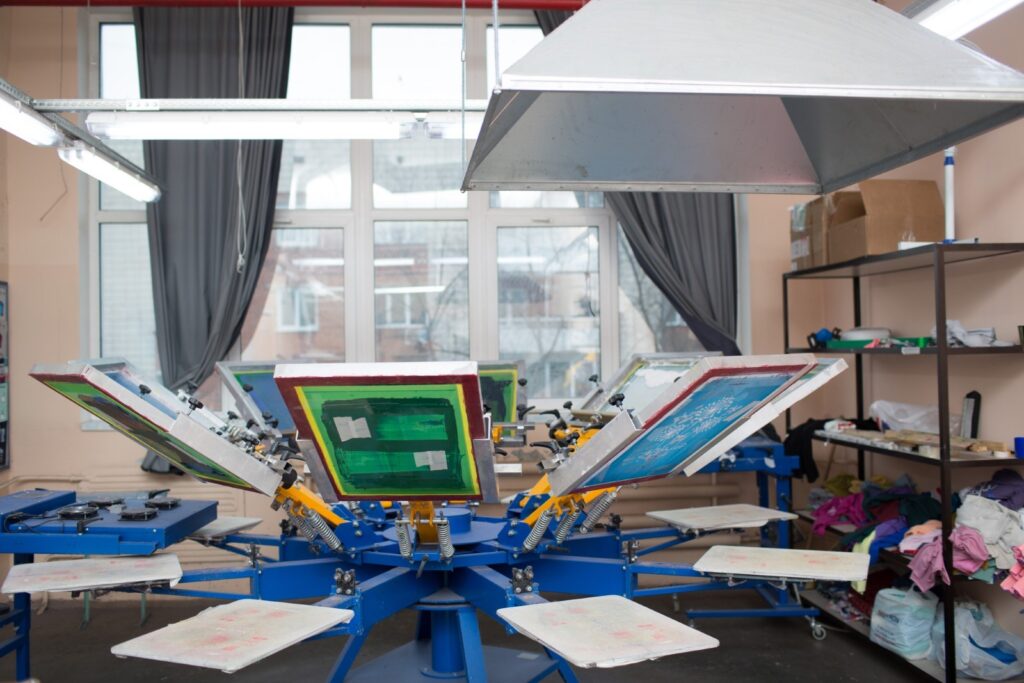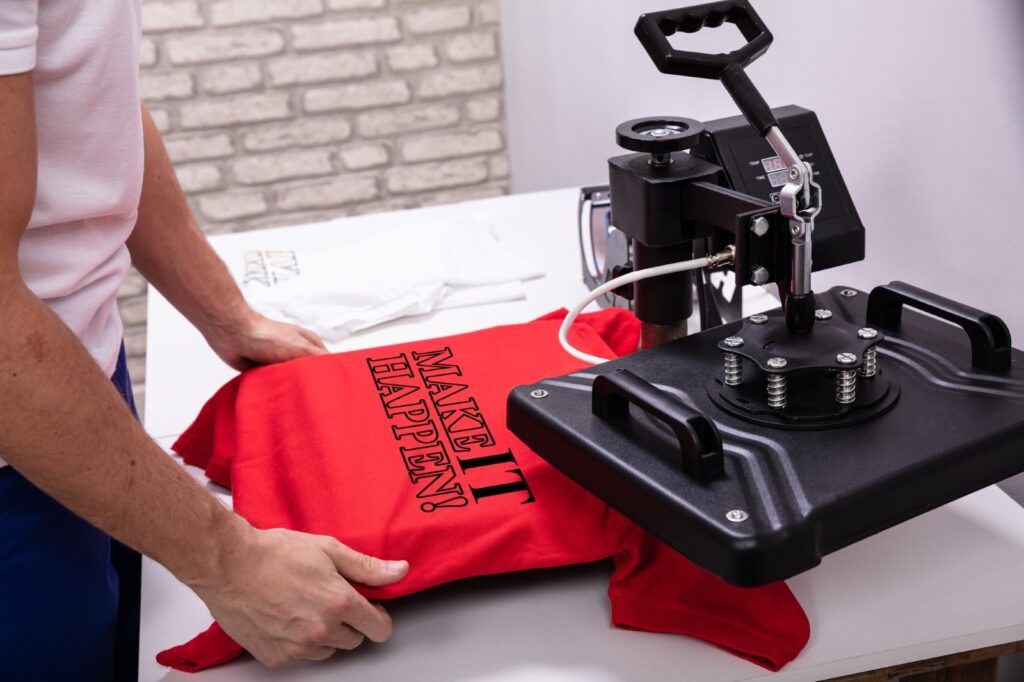Decoding T-Shirt Printing Methods: A Comprehensive Guide

Introduction:
When it comes to personalizing your t-shirts through custom t-shirt printing, the choice of printing method plays a pivotal role in determining the quality, durability, and overall aesthetic appeal of the final product. In this comprehensive guide, we will delve into six of the most common t-shirt printing methods: direct-to-garment (DTG) printing, screen printing, dye sublimation, heat transfer vinyl (HTV), plastisol heat transfer, and airbrushing. Understanding the nuances of each method is crucial for individuals and businesses seeking personalized, high-quality garments.
Direct-to-Garment (DTG) Printing:
Direct-to-garment printing, commonly referred to as DTG, is a contemporary method that utilizes specialized inkjet printers to apply water-based inks directly to the fabric. This process results in vibrant and detailed designs, making DTG a popular choice for intricate graphics and full-color prints. In markets where creativity and individuality are highly valued, DTG is particularly suitable for unique and personalized t-shirts.
Screen Printing:

Screen printing, a traditional technique with enduring popularity, involves creating stencils (screens) for each color in the design. Ink is then pressed through the screens onto the fabric, creating a durable and visually appealing print. This method is cost-effective for large quantities, making it a preferred choice for events, promotions, and bulk t-shirt orders.
Dye Sublimation:

Dye sublimation is a heat-based process where dye is transferred onto the fabric, creating a permanent and high-quality print. This method is especially effective for all-over prints and designs with intricate details, making it a popular choice for sportswear and activewear. The versatility of dye sublimation allows for vivid, eye-catching designs that stand out.
Heat Transfer Vinyl (HTV):
Heat transfer vinyl, or HTV, involves cutting designs from colored vinyl sheets and heat pressing them onto the fabric. Known for its versatility, HTV allows for intricate designs and multiple color layers. This method provides a smooth finish and durability, making it an excellent choice for personalized t-shirts where consumers appreciate both style and resilience.
Plastisol Heat Transfer:
Plastisol heat transfer involves printing a design onto transfer paper using plastisol ink and then heat pressing it onto the fabric. Recognized for its durability, vibrant colors, and ability to reproduce fine details, plastisol heat transfer is commonly employed in the fashion and merchandise industry for creating custom t-shirts. Its versatility makes it suitable for various design applications.
Airbrushing:
Airbrushing is a manual technique where a fine spray of paint is applied to the fabric using an airbrush gun. This method allows for artistic and customized designs, making it popular for one-of-a-kind, limited-edition t-shirts. While ideal for unique creations, airbrushing may not be as suitable for large-scale production due to its time-consuming nature.
Choosing the Right Method:
The selection of a printing method depends on several factors, including the complexity of the design, the desired quantity, and the intended use of the t-shirts. For detailed and colorful designs in smaller quantities, DTG and screen printing are excellent choices. Dye sublimation is perfect for sportswear, while HTV and plastisol heat transfer offer versatility for personalized designs. Airbrushing, with its artistic flair, is the go-to for limited-edition creations that stand out.
Conclusion:
In the dynamic landscape of t-shirt customization, understanding the intricacies of each printing method is essential for making informed decisions. Whether you’re organizing an event, launching a clothing line, or simply creating personalized gifts, selecting the right printing method ensures your vision comes to life.
As the market embraces diversity, creativity, and a penchant for unique self-expression, these six printing methods offer a spectrum of possibilities for individuals and businesses alike. Tailor your approach based on your specific needs, and watch as your custom t-shirts become a true reflection of style and personality. From vibrant DTG prints to enduring screen prints, the world of t-shirt customization is as diverse as the people who wear them.

